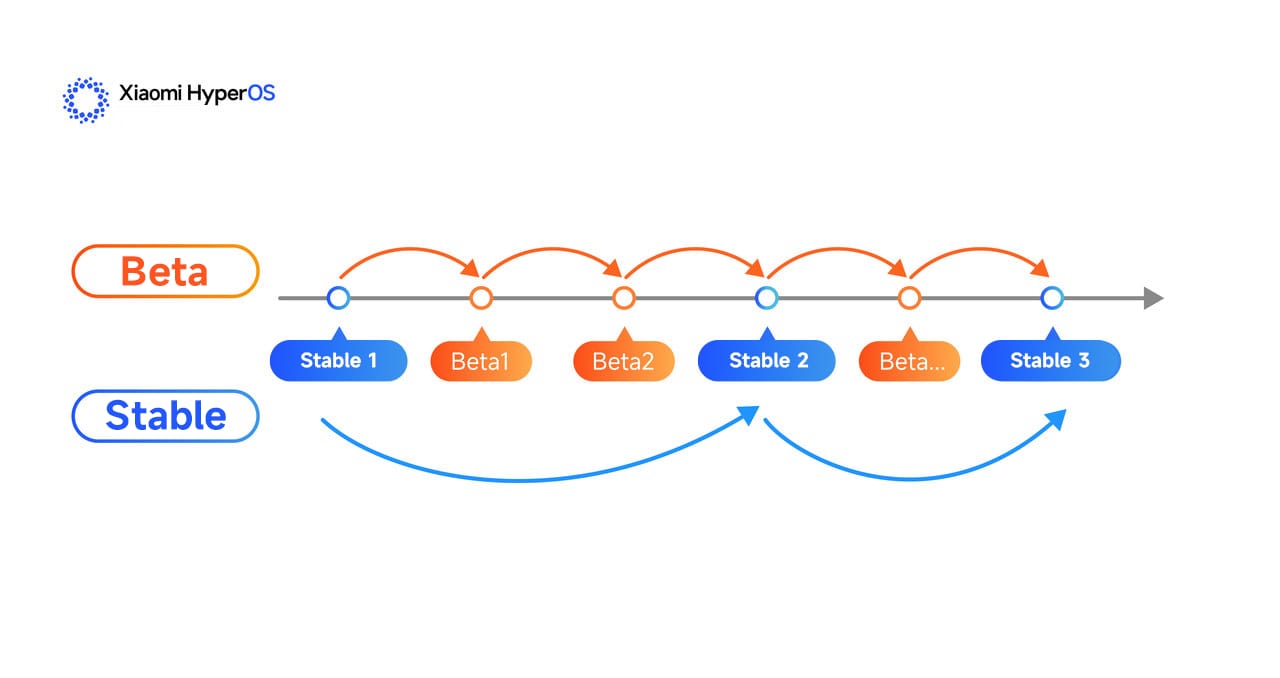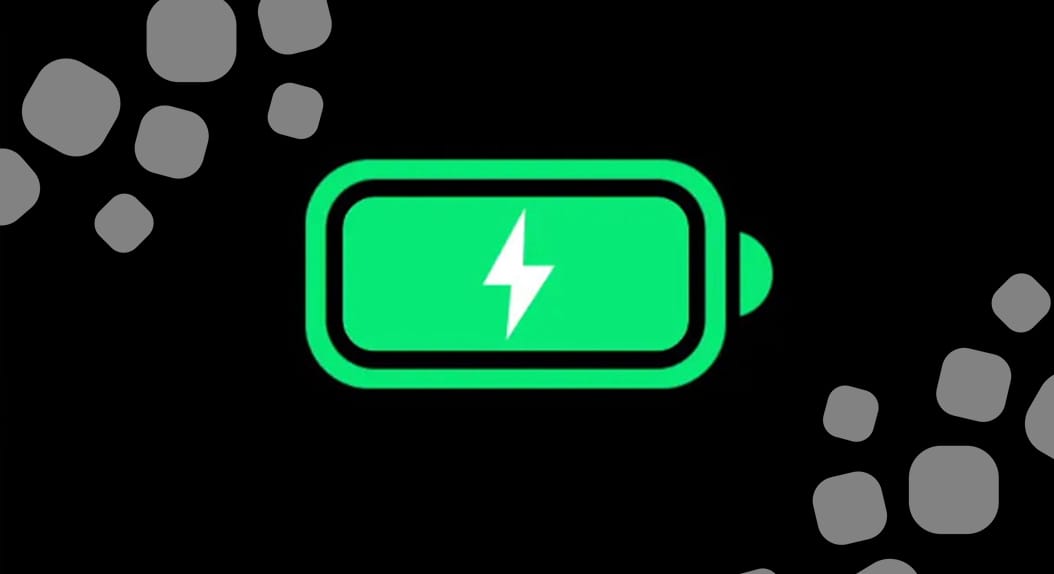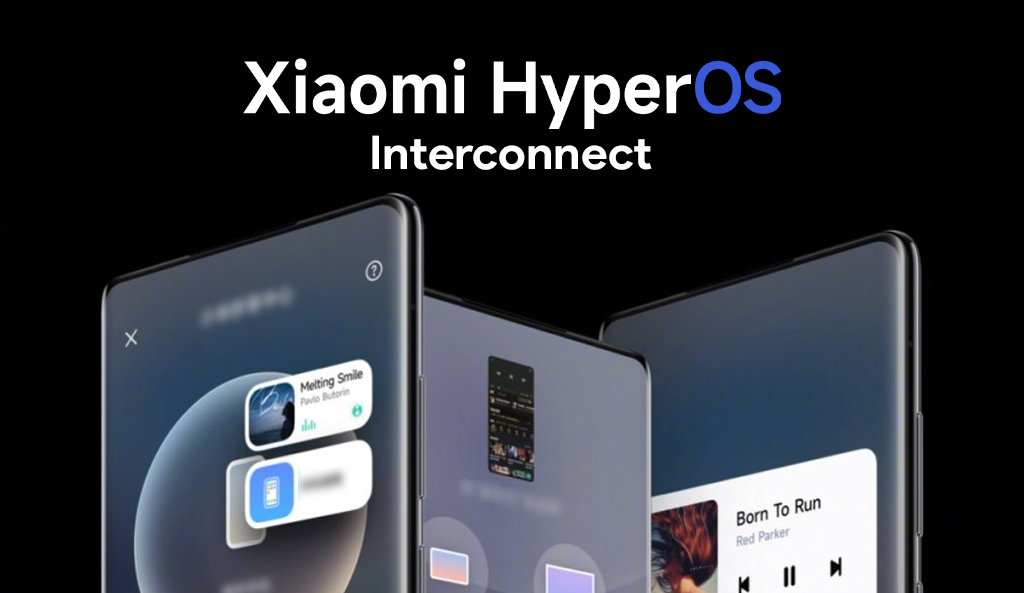Today, Xiaomi officially published the second episode of the Q&A series for HyperOS 2, in which it details its features, updates, and optimization tips. Answers will try to deal with concerns about the Beta version, power consumption, and application management, among other features, for a better view into the evolving Xiaomi world.
Key Insights from the HyperOS 2 Q&A
1. Relationship Between Beta and Official Versions in China
The early access of HyperOS 2 is targeting developers and enthusiasts who would want to try new features before the release of the official version.
- Availability: Not all models will have beta versions. Recruitment is done according to project needs via Xiaomi Community.
- Switching Between Versions: Beta users can upgrade to the official version with all data retained. Some Beta features, like Super Xiao Ai Beta, require the user to exit Beta permissions before upgrading is possible.
- How to Leave Beta: Go to Xiaomi Community App > My > Internal Testing Center > OS 2 Beta > My Registered Model > Exit .
2. Power Consumption after system upgrading to Hyper OS 2
Immediately following an upgrade, some users may also notice a temporary increase in power usage, caused in part by the system’s automated process of recompiling applications.
- Why?: This process optimizes memory management and operating efficiency. It uses some CPU resources temporarily, stabilizing within three days of normal usage.
3. Application Management Settings
With HyperOS 2, Xiaomi has summarized the “Application Management Measures” into two major settings:
- Install Unknown Applications: Path: Settings > Privacy and Security > Privacy > Other Permissions > Special Permission Settings > Install Unknown Apps.
- Chain Start Management: This feature will help in restricting unwanted jumps of applications. Path: Settings > Privacy and Security > Privacy > Other Permissions > Chain Launch Management.
4. Storage FBO Technology
The new Storage FBO (File Block Optimization) improves data IO performance and reduces long-term storage degradation.
- How It Works: Defragments the file system automatically-when the device is idle, for example, at night, with power available and the screen is off.
- Future Feature: This will be complemented by a manual trigger option that provides more control for the user.
5. Memory Expansion: Should You Enable It?
Note that Memory Expansion uses some of the device’s storage as virtual memory.
- Recommended For: Heavy multitasking or large application using.
- Not Recommended For: Light usage, as it could allocate storage space unnecessarily.
This means that turning on the Memory Expansion will not result in extra power consumption or delays, so it’s safe for users that need this type of performance boost.
6. Xiaomi Interconnect Service Mac
Currently, Mac version of Xiaomi Interconnect Service is in review on the App Store.
- Workaround: Download it straight from the Xiaomi Cross-Device Intelligent Connection Official Website.
- Availability: The service currently sits live in the Apple store for both iPhone and iPad users.
With Xiaomi HyperOS 2, the changes that take place include improved memory management, smart application controls, and better storage optimization. By taking into consideration the needs of most users in these areas, Xiaomi again nails its promise in implementing an operating system that is seamless and efficient. Stay tuned for further updates and features as Xiaomi continues to evolve with the HyperOS ecosystem.


 Emir Bardakçı
Emir Bardakçı






Xiaomi devices are very good
Now the question is when will it comes to poco x6 pro.. BTY I’m recruiter.. Don’t Tell me in 2025 because I’m sick of poco launcher.people say xiaomi will replace it with home launcher is that legit?
Pls
Nice news but when will the HyperOS 2.0 update arrive in POCO X6 Pro? I want to know about that as I am a beta tester too.
Why is Redmi Note 13 left out from these updates because I don’t Note 13 is that small to receive this updates and for months now, no updates has been shown for Note 13 either. I don’t think that’s a fair play